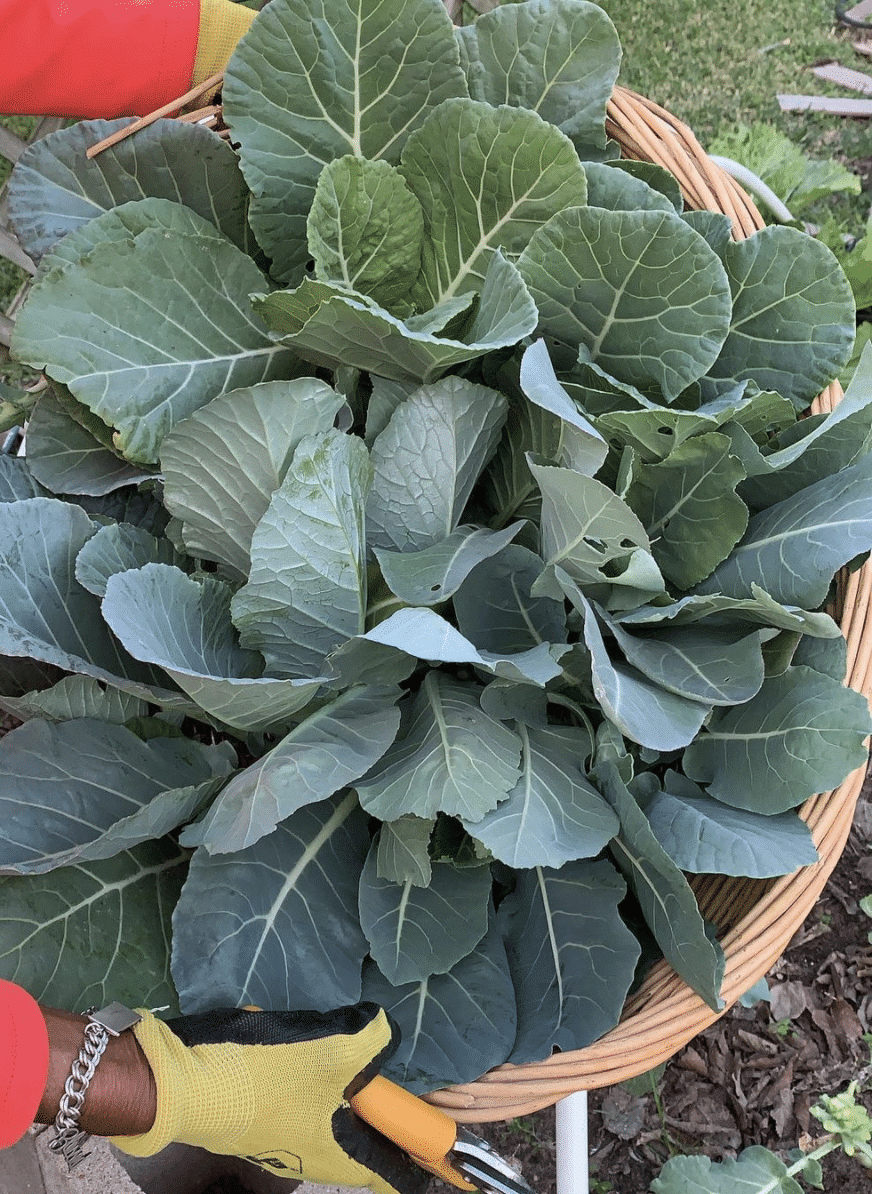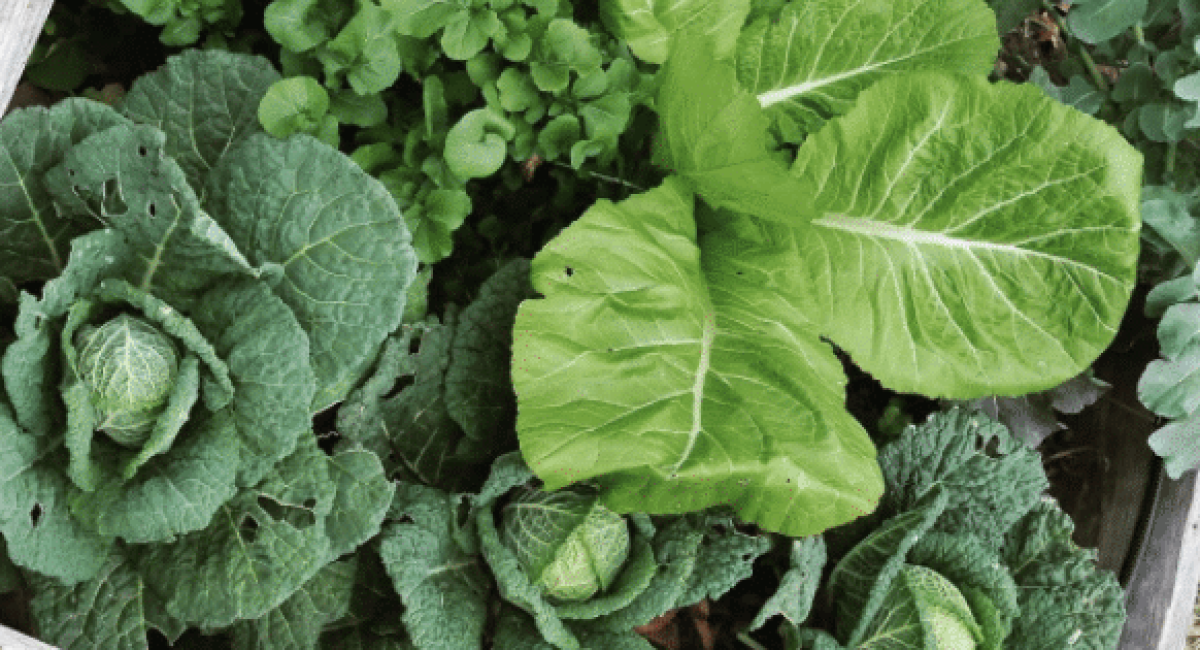I found myself dreaming about my harvest before I put my first set of seeds in the ground. All new gardeners have dreams like this, but mine were over the top. Cornucopias of mustard greens, corn, and sweet potatoes danced in my head. But the vision I could see most clearly was a basket full of Georgia collards. I was hosting my family’s first Thanksgiving in Houston that year – miles from our hometown of LaGrange, Georgia – and they were a must.
I have love for both mustard and turnip greens, but Georgia collards are my favorite. They’re hearty and tender with waxy leaves, and sometimes even have a sweetness to them. The green, glistening leaves were a staple for my siblings and I growing up. We had an uncle who owned a farm down in the country and would hawk bushels of Georgia collards from the side of a rickety old truck that he would drive up and down our neighborhood streets. “Veeeeeegetables,” he’d holler, displaying bundles of potatoes, broccoli, and more. “Get your fresh vegetables!” Looking back, it was such a quaint and intimate experience that gave us a sense of connection to the food we were eating.
For Thanksgiving that year, I wanted to re-create that experience for both myself and my siblings, serving the fresh, homegrown Georgia collards that had such a prominent place on our dinner plates. So, I sprinkled my seeds into the little mound of dirt that my husband and son carved out for me in the backyard, made sure they got adequate sun and water, and poured copious amounts of good energy into the process.

In a way, the practice was ancestral. I was embarking on a sustainability ritual that we as humans have been developing for generations; a practice that had been foundational for my family in particular. I felt like I was making the ancestors proud when the first few sprigs of green popped out of the soil. And I was equally as devastated when, only weeks before Thanksgiving, I came out to see their green leaves completely ravaged by bugs.
As someone who had been on the phone bragging about all the fresh vegetables she would be serving for Thanksgiving that year, I was humiliated. As a new gardener who had hung so many hopes on the idea of growing my own food, I was devastated, convinced that I didn’t have the green thumb my uncle did. It wasn’t until I began reaching out to experienced local gardeners that I got my first lesson in the art of gardening: There’s a season – a region – for everything.
Georgia collards grow best in cool to cold weather, but we average 85-90 degree weather in Houston in October. It was too hot to grow Georgia collards! As gardeners, planting outside of a crop’s seasonal or regional designation – which I did when trying to plant a cold weather crop during a warm Houston Autumn – sets us up for failure. Not only in terms of a failed crop or a ruined holiday flex, but it kills our confidence in our ability to grow. So many of us quit or give up on our gardening dreams after one disappointing result, because we don’t know any better.
Now – many gardening seasons Thanksgiving dinners, and bushels of Georgia Collards later – I have a few tips for keeping you from unnecessary crop failure, and to keep you feeling empowered and encouraged on your gardening journey:
How to choose what plants to grow for fall
Use the USDA Hardiness Zone Guide as a resource
The USDA Plant Hardiness Zone Map is the standard by which gardeners and growers can determine which plants are most likely to thrive at a location. This provides us backyard gardeners with the information we need to keep us from wasting money on plants and seeds that will not thrive in our parts of country during the summer or winter seasons.
In order to identify your planting zone, and what crops are best to grow in the, input your zip code here. These maps change based on the temperature currently being experienced in that area.
Read the back of the seed package

When shopping for new things to put in our gardens, it can be tempting to purchase whatever draws our eyes — or our appetites! But that’s not the best way to determine how to spend your gardening energy. Carefully read the back of the seed package for more insight on when to plant and other important information.
Find a mentor
Talk to a mentor who is well-versed and experienced with growing in your region. They’ll be able to give you first-hand knowledge about what grows well in your area and what doesn’t, as well as other tips that you may not find so easily online.
Contact your local State Agricultural Agency (generally located in a state school with an agricultural curriculum) for questions, or join one of the popular garden pages on social media. Some of favorites are Black Girls Gardening in Containers and Black Girls Grow Gardens Nationwide. We tend to share advice and if it’s wrong, we shout!


